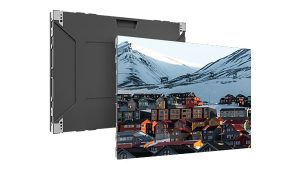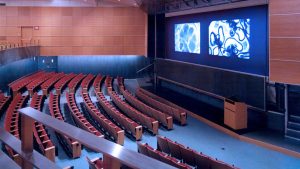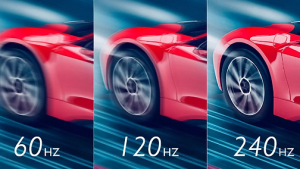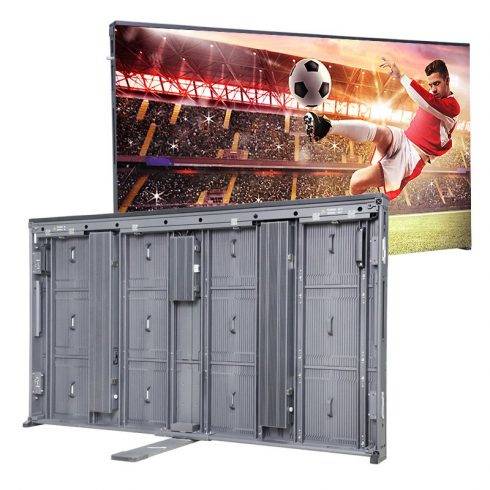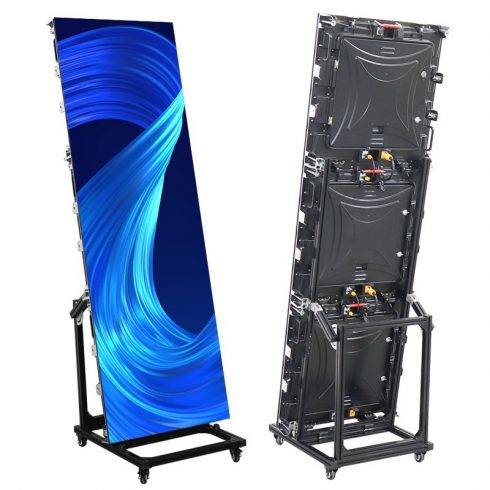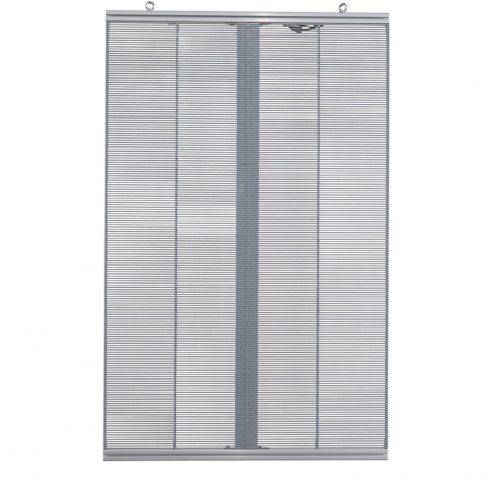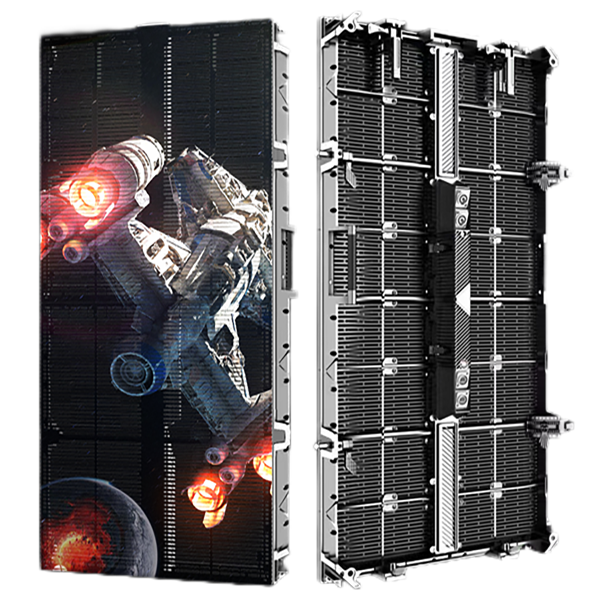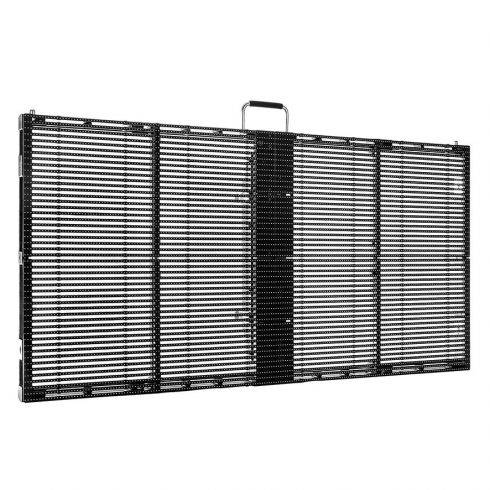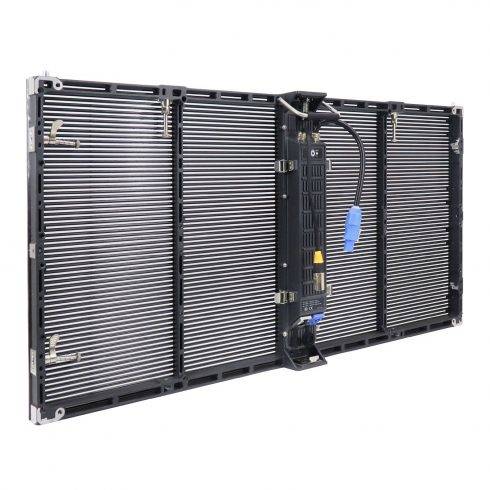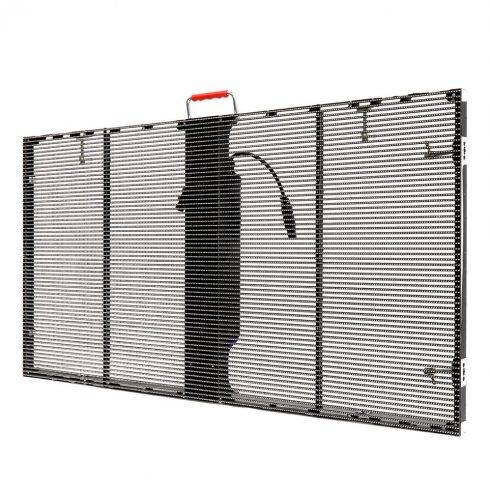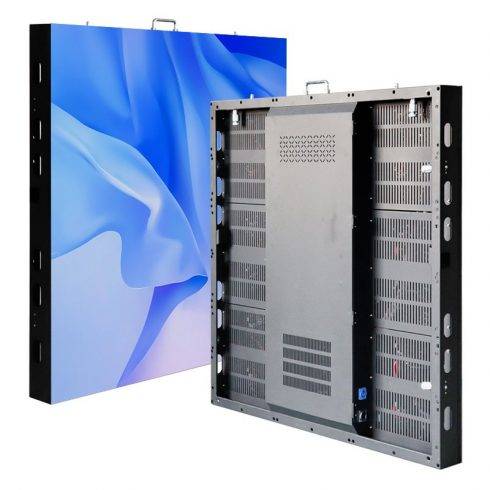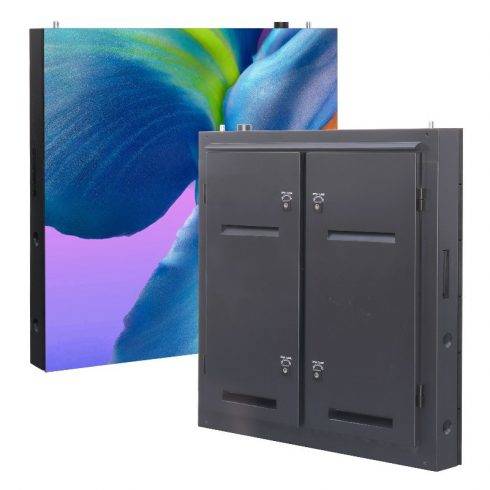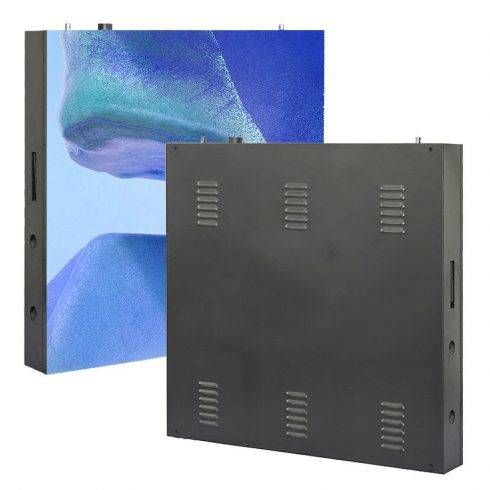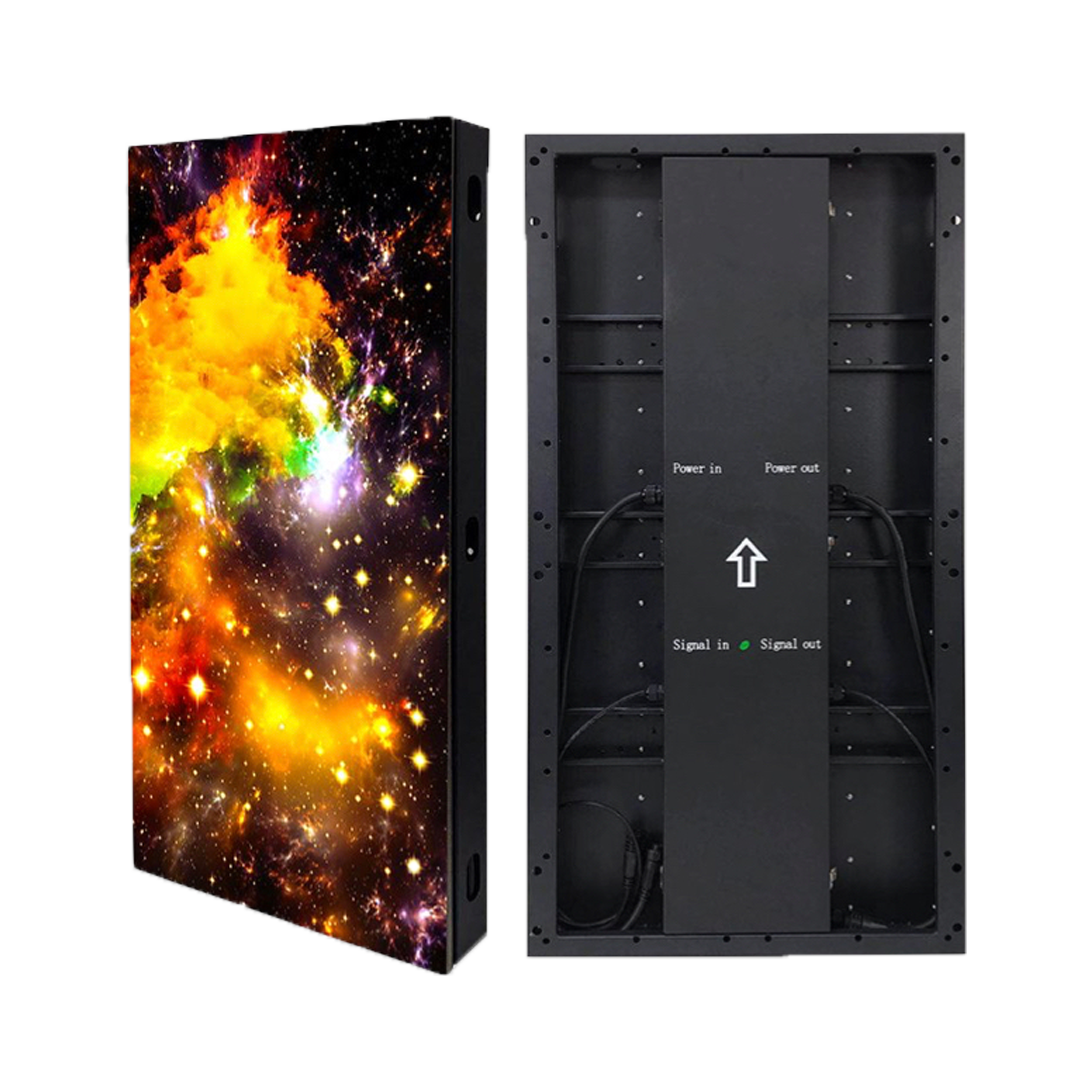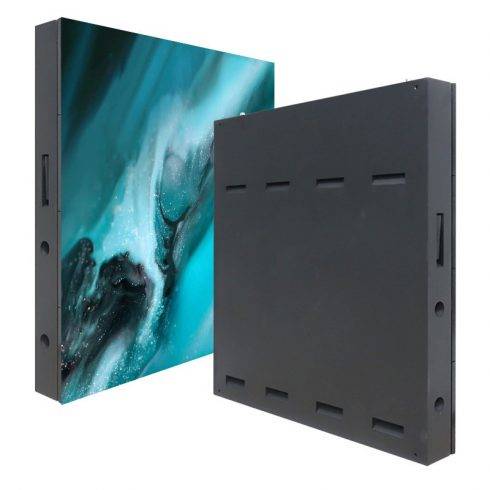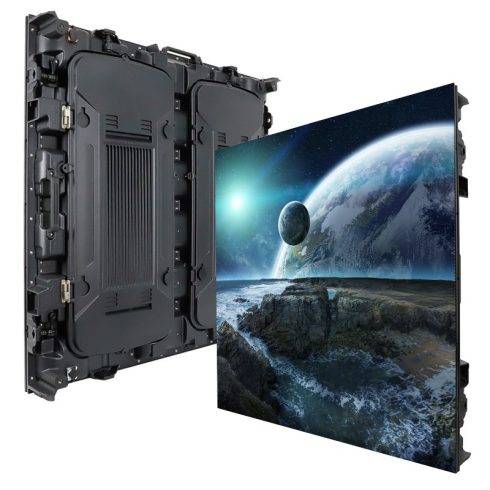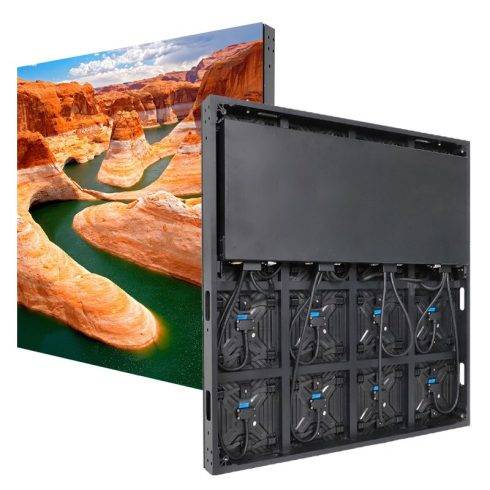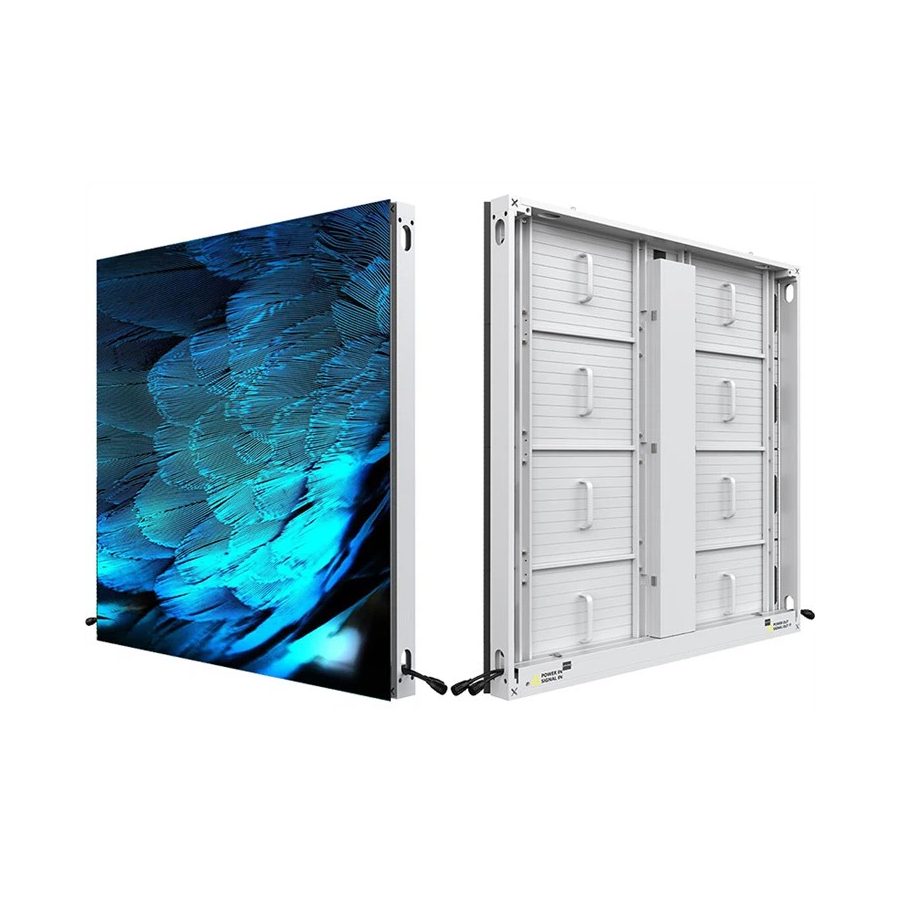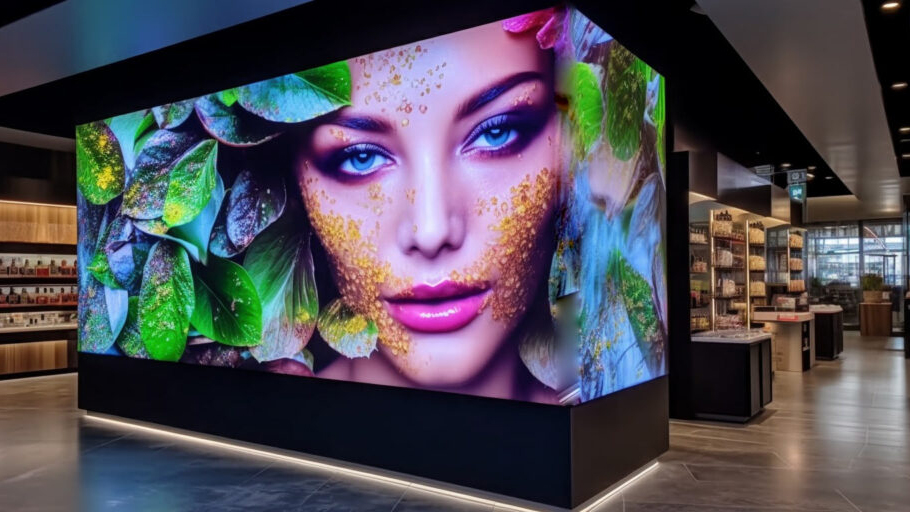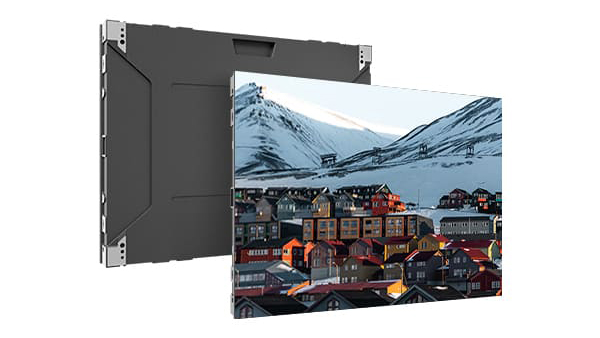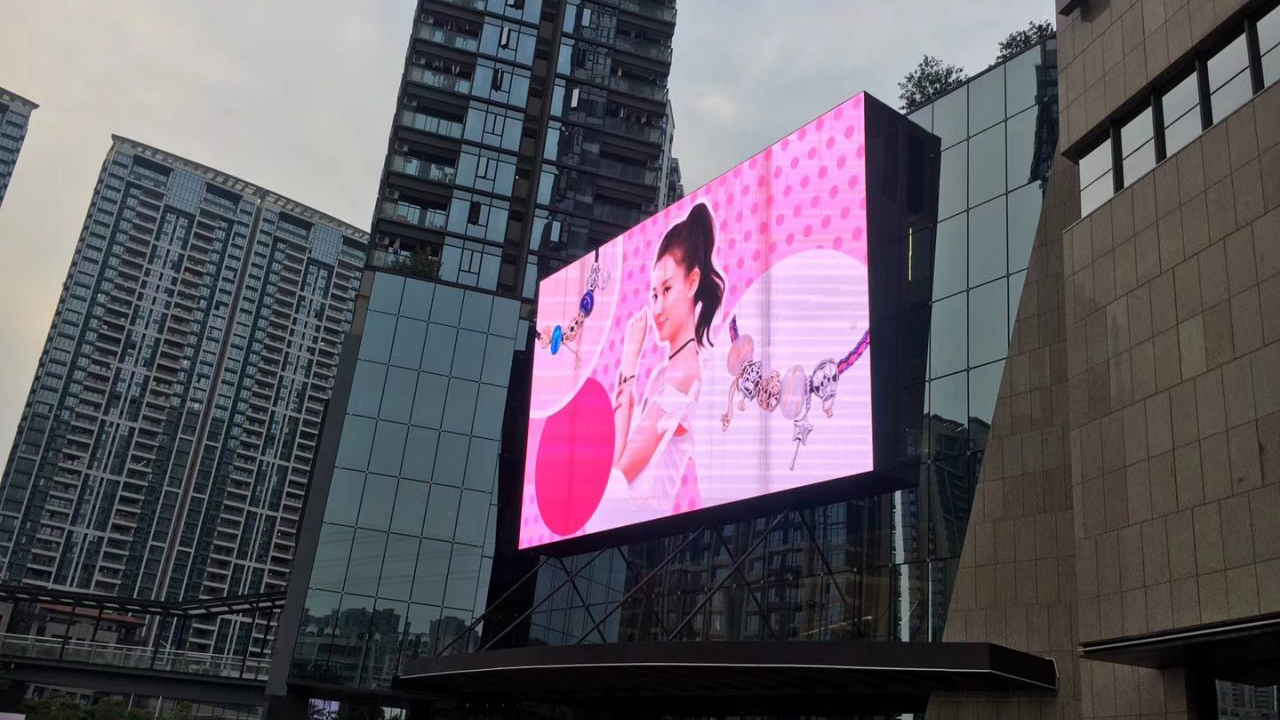LED displays have become ubiquitous across various industries, offering bright, vivid visuals and energy efficiency. However, like all electronic devices, they can experience faults. One particularly frustrating issue is when an LED display shows content with half the screen bright and the other half dark or off. This problem can disrupt presentations, ads, and overall user experience, especially in commercial settings where clear visual communication is crucial.
In this post, we’ll explore the underlying causes of this fault, provide a detailed analysis of why it occurs, and offer practical solutions for restoring the full functionality of your LED display.
Understanding the Half-Bright, Half-Dark LED Display Issue
Before diving into solutions, it’s important to understand the mechanics behind LED displays and what could cause half of the screen to malfunction.
How LED Displays Work
An LED display consists of numerous light-emitting diodes arranged in a grid or matrix, which are controlled by a series of drivers and modules. These diodes work in unison to produce images, text, and video content by illuminating individual pixels in various colors and brightness levels.
Most modern LED displays are divided into multiple sections or panels, each controlled by its own driver or power supply. These panels work together to create a seamless, cohesive display. When one part of this system malfunctions, it can result in various issues, including half-bright and half-dark screens.
Common Causes of the Half-Bright, Half-Dark LED Display Fault
Several potential factors can lead to one half of the LED display malfunctioning while the other half continues to work normally. Below are the most common causes:
1. Power Supply Failure
One of the most frequent causes of a half-bright, half-dark LED screen is a power supply failure. LED displays often rely on multiple power supplies to distribute electricity evenly across the entire screen. If one of these power supplies fails or stops delivering sufficient voltage to a portion of the screen, that section may go dark, while the remaining part continues to function.
2. Signal Transmission Issues
LED displays rely on a signal transmission system to relay information from the source to the screen, dictating which pixels should light up and at what intensity. A disruption in this signal—often caused by a faulty cable, connector, or control card—can prevent part of the screen from receiving the necessary data. This leads to one portion of the screen not displaying correctly, appearing dim, or completely off.
3. Driver IC or Module Failure
A driver IC (Integrated Circuit) is responsible for controlling the individual LED diodes within a display module. If one of these drivers malfunctions, it can lead to partial screen failure. In many cases, an entire section of the screen controlled by a defective driver may stop working, resulting in a half-on, half-off appearance.
4. LED Module Malfunction
Large LED displays are composed of numerous smaller modules that are pieced together to form a larger screen. If one of these modules fails, typically due to manufacturing defects, environmental factors, or physical damage, it can result in a portion of the display going dark.
5. Connection Problems Between Modules
Each module within an LED display is connected to adjacent modules to maintain a seamless visual output. Poor or loose connections between these modules can disrupt the flow of power and data, leading to part of the screen malfunctioning. If the connection between two halves of the display is compromised, one half might remain bright while the other turns off.
6. Environmental Damage
Environmental factors such as exposure to moisture, extreme temperatures, or dust accumulation can cause significant damage to LED displays. If one half of the screen is more exposed to these conditions, it may experience more wear and tear, leading to uneven performance, with one side being affected more than the other.
Step-by-Step Solution to the Half-Bright, Half-Dark LED Display Fault
Now that we’ve identified the possible causes, let’s look at a systematic approach to diagnosing and solving the problem.
Step 1: Check the Power Supply
The first step is to examine the power supply units (PSUs) that power the LED display. Since LED screens often have multiple PSUs, a failure in one could easily affect one section of the display.
- Inspect the power supplies: Open the casing of the display (if safe to do so) and visually inspect the power supply units. Look for obvious signs of damage such as burned components, broken wires, or bulging capacitors.
- Test voltage output: Use a multimeter to check whether the power supply is delivering the correct voltage to both halves of the display. If one half is not receiving enough power, it could be due to a failing PSU.
- Replace faulty power supplies: If one power supply is found to be faulty, replace it with a new unit. Ensure that the replacement is compatible with your specific LED display model.
Step 2: Examine Signal Transmission Cables
The next step is to inspect the signal transmission system. If a control card, cable, or connector is damaged, the signal may not be reaching one half of the screen.
- Check all cables: Examine the data cables connecting the controller to the LED display. Ensure that all connectors are secure and that there are no visible signs of damage, such as frayed wires or loose pins.
- Replace faulty cables: If a cable appears damaged, replace it with a new one that is rated for your specific display.
- Test the control card: If the cables seem intact, the issue may be with the control card itself. Try swapping out the control card for a new one to see if that resolves the problem.
Step 3: Inspect the LED Modules and Driver ICs
If the power supply and signal transmission systems are functioning correctly, the next step is to inspect the LED modules and driver ICs.
- Swap modules between sections: If your LED display consists of modular panels, try swapping a malfunctioning module with a functioning one from another section of the screen. This will help you determine if the issue lies within a specific module.
- Test and replace faulty driver ICs: If a specific driver IC is found to be faulty, it may need to be replaced. Driver ICs are critical for controlling the brightness and operation of the LEDs, and a malfunction here could cause half the display to malfunction.
Step 4: Check for Environmental Factors
Finally, consider any environmental factors that might be contributing to the issue:
- Moisture exposure: Check for any signs of moisture damage inside the display. If moisture is present, it could have caused a short circuit in part of the display.
- Heat damage: Ensure that the display is not overheating. If one part of the screen is exposed to more heat (e.g., from a direct light source), it might cause components to fail.
- Dust and debris: Clean the display thoroughly to remove dust or debris that might be interfering with connections or cooling.
Prevention Tips for Future Issues
To prevent future occurrences of the half-bright, half-dark fault, consider the following proactive measures:
- Regular maintenance: Schedule routine maintenance for your LED display, including cleaning dust, checking connections, and inspecting components.
- Surge protection: Use surge protectors to guard your display against electrical surges, which can damage power supplies and components.
- Monitor environmental conditions: Avoid installing LED displays in areas prone to excessive moisture, heat, or dust without proper protection. Use waterproof or weatherproof displays if necessary.
- Backup power supply: For critical applications, consider using a backup power supply to avoid disruption if one PSU fails.
Conclusion
A half-bright, half-dark LED display can be caused by several factors, including power supply failure, signal transmission issues, faulty driver ICs, or environmental damage. By systematically troubleshooting each potential cause, you can identify the source of the problem and implement the appropriate solution. With regular maintenance and care, you can prevent similar issues from occurring in the future, ensuring your LED display operates at full brightness for years to come.


